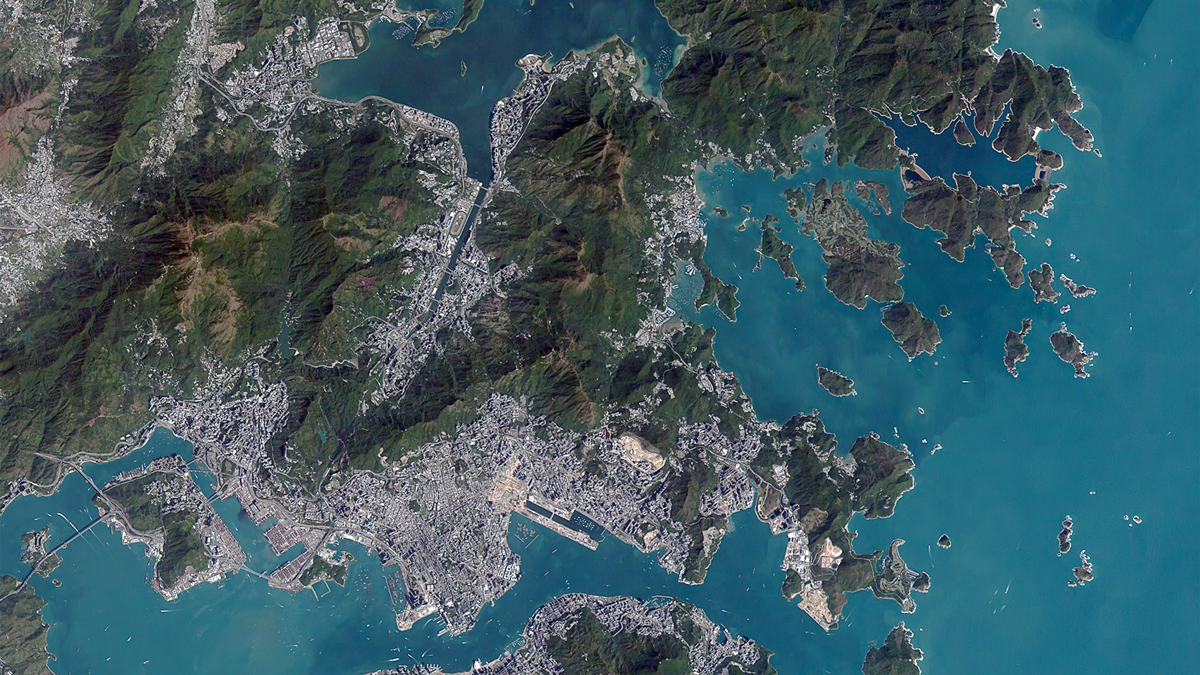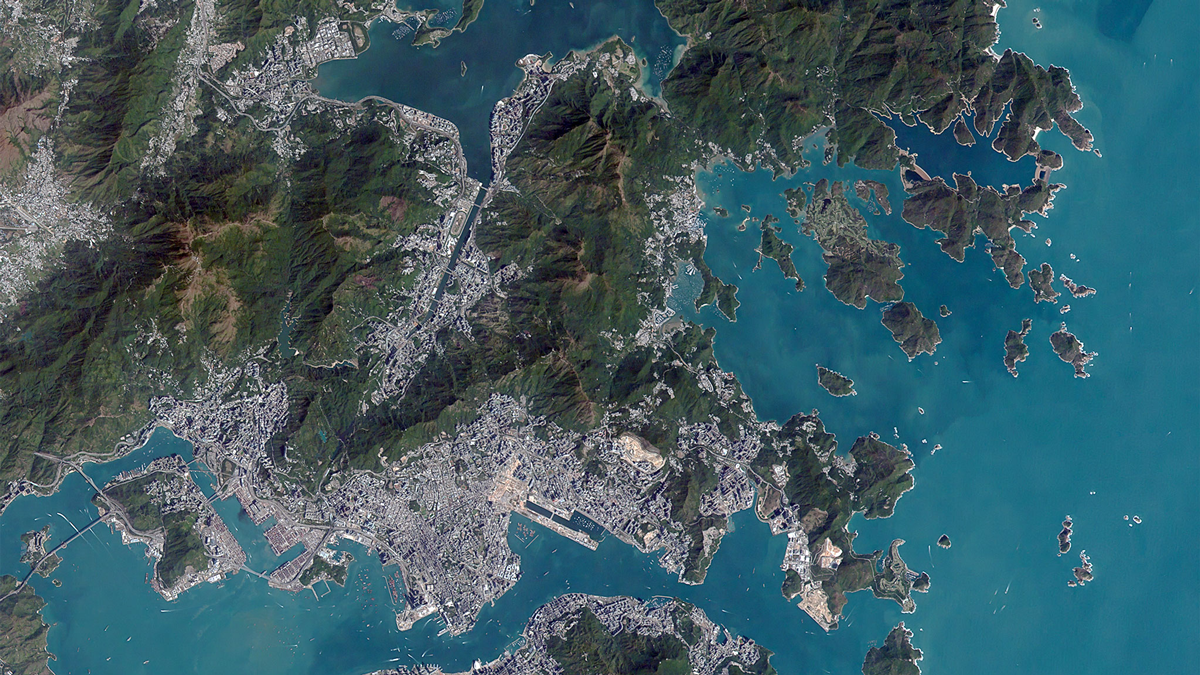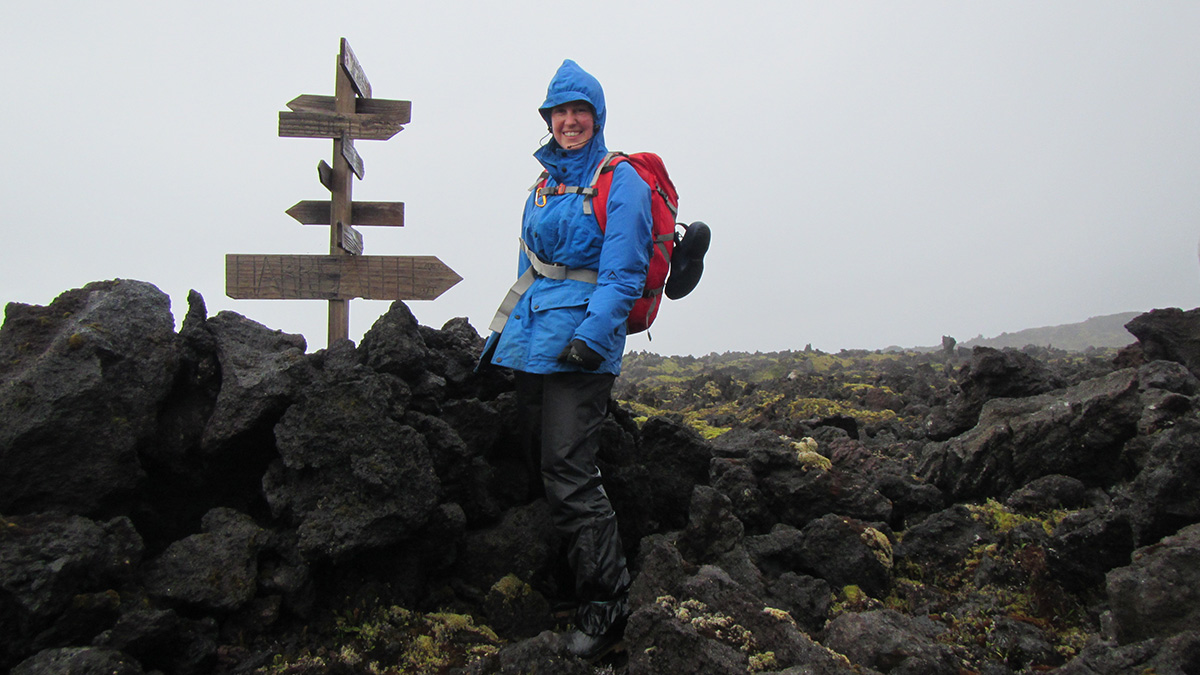A new approach enables meter-scale localization of lightning strikes. And it’s already illuminating the basic physics of the phenomenon.
mapping
Mapping Rwanda’s Trees from Above
Researchers used both aerial and satellite imagery, as well as machine learning, to map the carbon stock of every overstory tree in Rwanda—the first such inventory in the world.
Scientists EEAGER-ly Track Beavers Across Western United States
Efficiently tracking nature’s engineers—beavers—at the scale of entire watersheds over time is now possible, thanks to a new artificial intelligence–trained model called EEAGER.
Mapeando estimaciones de la contaminación a nivel de calle para encontrar rutas más seguras
Un nuevo enfoque de alta resolución que combina múltiples tipos de datos detección remota de la contaminación permitió a investigadores desarrollar una aplicación que mapea las rutas más saludables para los transeúntes urbanos.
Long-Lived Lakes Reveal a History of Water on Mars
High-resolution imagery of newly discovered paleolakes shows a period of consistent liquid water flow.
通过街道污染估计图选择更健康的通行路线
研究人员采用一种新的高分辨率方法结合多种类型的遥感污染数据,开发出一款应用程序,可为城市通勤者绘制最健康的路线。
Mapping Street-Level Pollution Estimates to Reveal Safer Routes
A new high-resolution approach combining multiple types of remotely sensed pollution data allowed researchers to develop an app that maps the healthiest routes for urban commuters.
Geospatial Database for the Prince Edward Islands
South African scientists map uninhabited islands in the Southern Ocean.
A Mysterious Dome Reveals Clues to Australia’s Miocene History
The Nullarbor Plain has been relatively untouched by geological forces, leaving traces of the continent’s deep past.
Tracking Climate Through Ship Exhaust
International regulations have reduced aerosol pollutants released from ships. Now, researchers want to use ship tracks to better understand the ambiguous effects that cleaner air has on climate.










